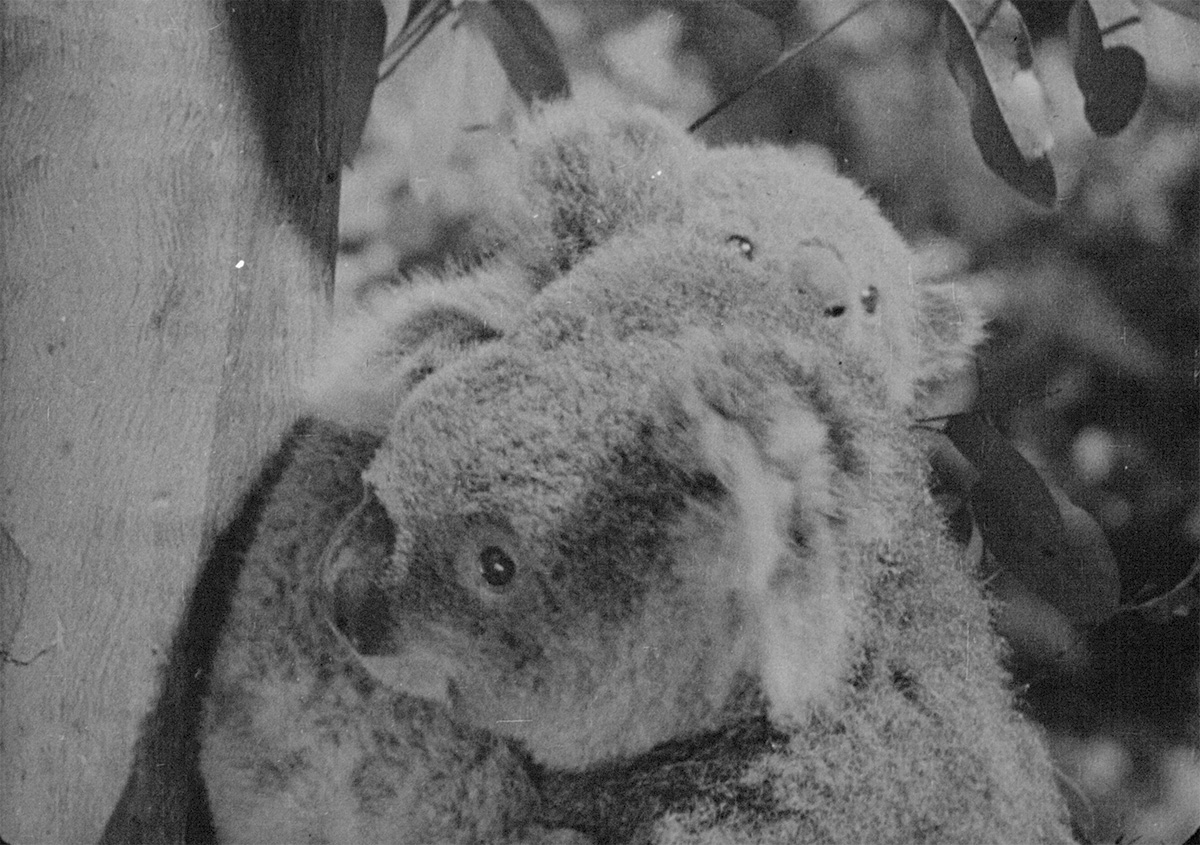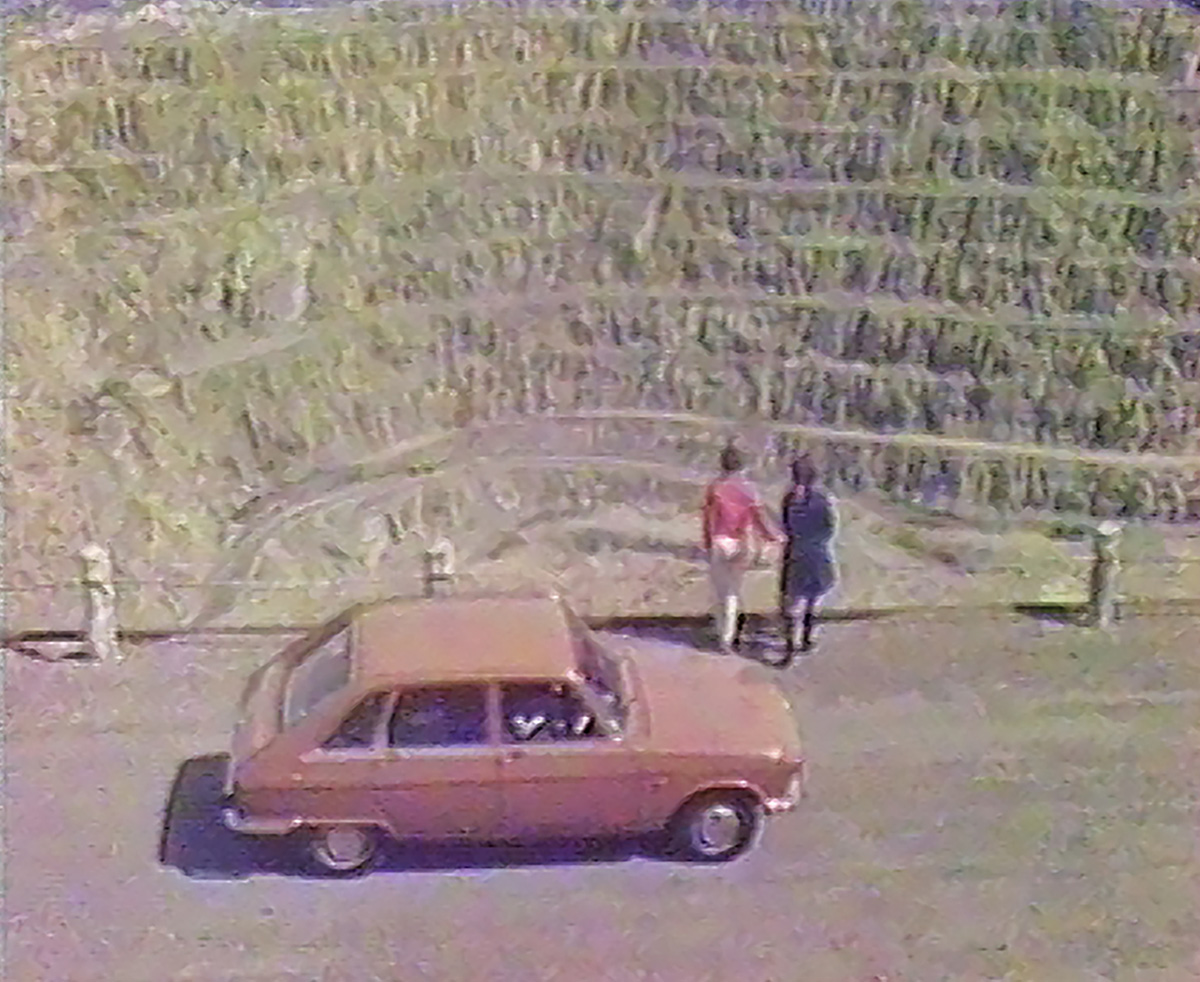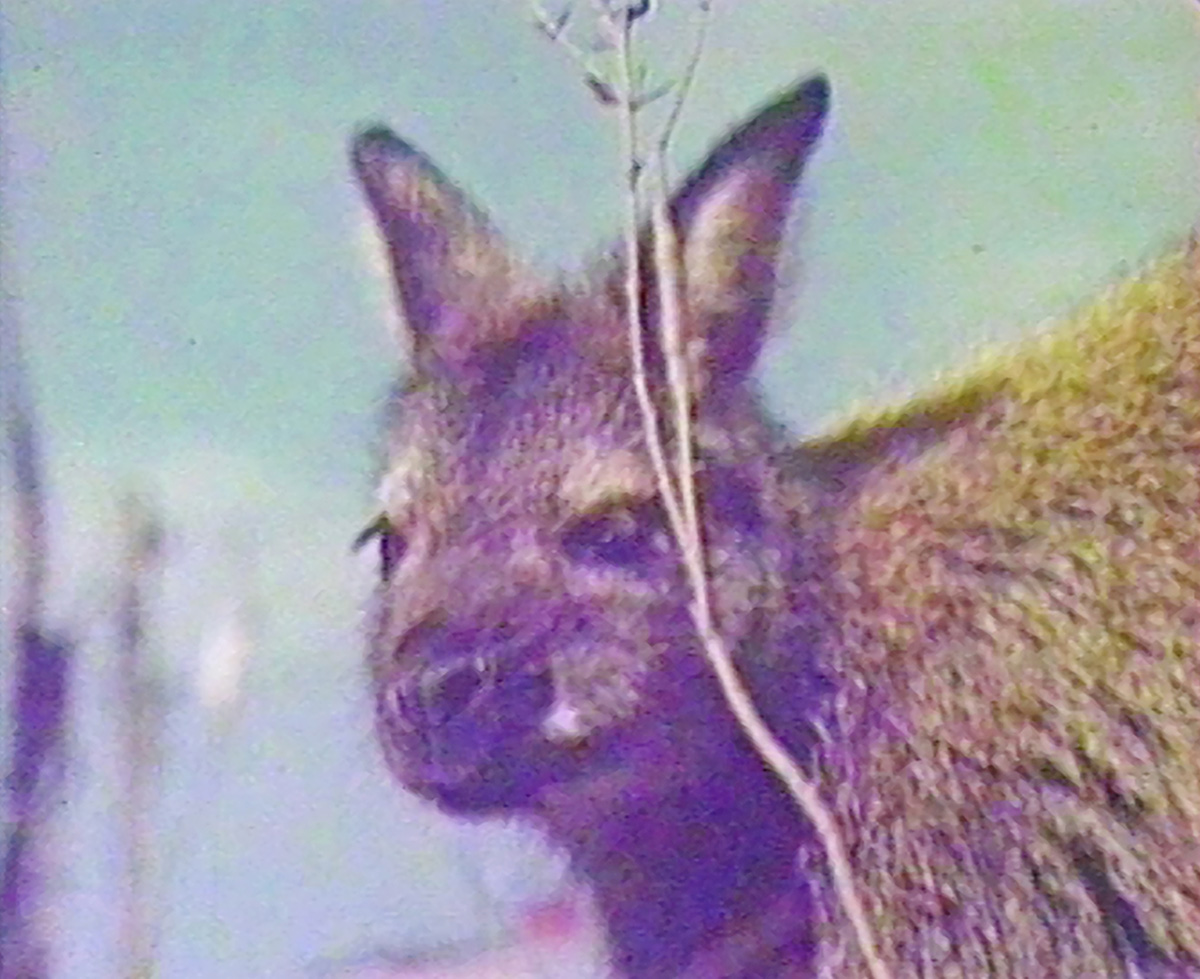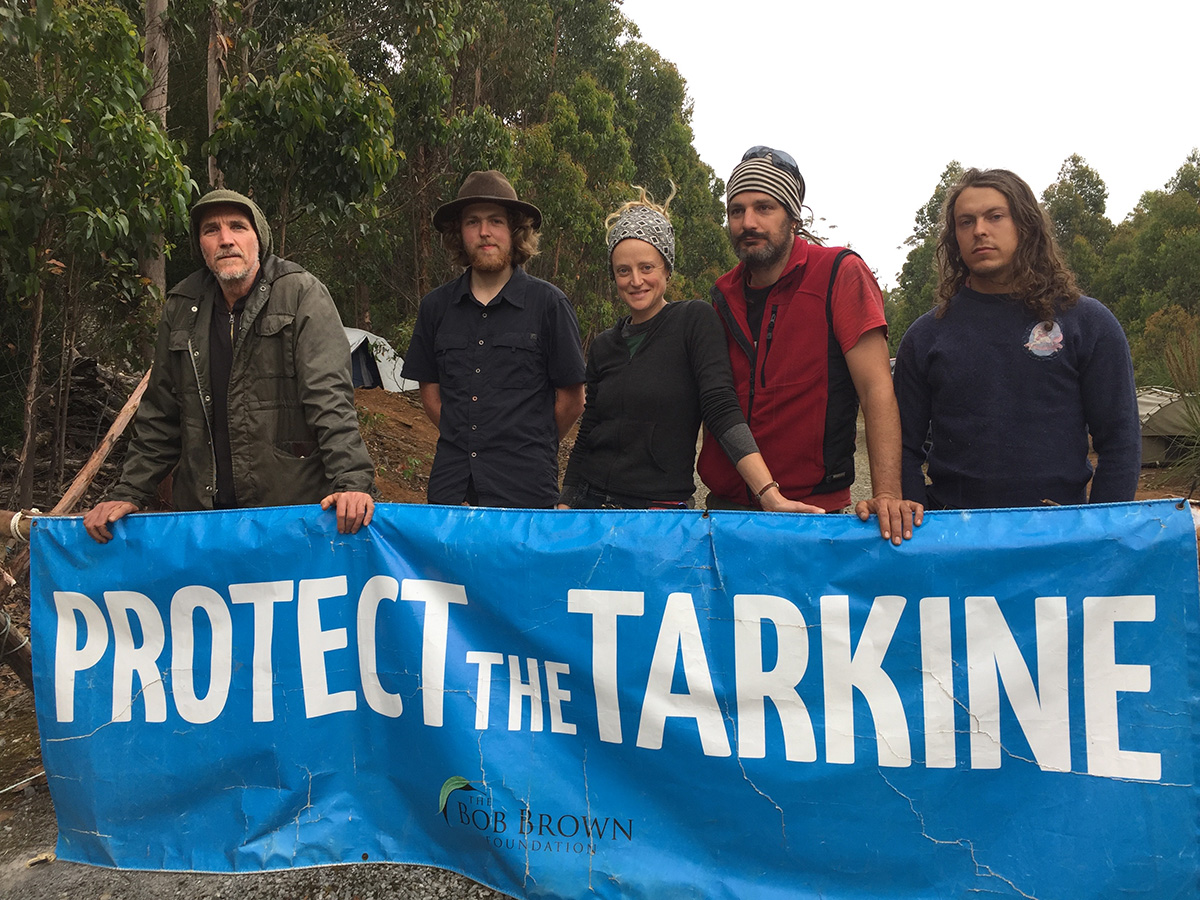About
About
The effects of climate change and other Anthropogenic impacts on the environment are the greatest challenge of our time for both the sciences and the humanities. We urgently require deeply historicised and interdisciplinary knowledge that can help make sense of environmental change in the twenty-first century.

The Valley is Ours (1948) – from the National Film and Sound Archive of Australia
Objectives
This project brings to light the history of an Australian ‘documentary public’ of environmental knowledge that has shaped what we now know as ‘the Australian environment’ from WWII onwards and will address the impacts of this knowledge on environmental consciousness, understandings of Indigenous lifeways, national image, activism and policymaking. The research:
01
Maps and analyses the institutional, industrial and production history of screen media as a popular form of environmental knowledge.
02
Analyses how documentary shapes the public imagination of the Australian continent alongside changing ideas of the Australian environment.
03
Investigates how the Australian environment circulates in the transnational media domain, shaping globalised forms of environmental consciousness.

Tasmania’s Road West (1970) – from Tasmanian Archives (ref AB869/1/2928)

Tasmania’s Road West (1970) – from Tasmanian Archives (ref AB869/1/2928)
Benefits
While debates in film and screen studies over the last decade have begun to grapple with the environment, its politics and mediation, there are still few ecocritical readings of film historical concerns. This work is important because historical analysis addresses an urgent requirement for meaningful histories of the past and the unfolding present that afford full perspective on the ever-expanding impact of fossil-fuelled modernity on the planet we share with countless other species. Film and television are significant components of cultural histories that assist us in denaturalising the taken for granted assumptions about how we live and impact on our shared biosphere.

Wild Things (2020). Image Credit: Sally Ingleton
The effects of climate change and other Anthropogenic impacts on the environment are the greatest challenge of our time for both the sciences and the humanities. We urgently require deeply historicised and interdisciplinary knowledge that can help make sense of environmental change in the twenty-first century.

The Valley is Ours (1948) – from the National Film and Sound Archive of Australia.
Objectives
This project brings to light the history of an Australian ‘documentary public’ of environmental knowledge that has shaped what we now know as ‘the Australian environment’ from WWII onwards and will address the impacts of this knowledge on environmental consciousness, understandings of Indigenous lifeways, national image, activism and policymaking. The research:
- Maps and analyses the institutional, industrial and production history of screen media as a popular form of environmental knowledge.
- Analyses how documentary shapes the public imagination of the Australian continent alongside changing ideas of the Australian environment.
- Investigates how the Australian environment circulates in the transnational media domain, shaping globalised forms of environmental consciousness.

Tasmania’s Road West (1970) – from Tasmanian Archives (ref AB869/1/2928)

Tasmania’s Road West (1970) – from Tasmanian Archives (ref AB869/1/2928)
Benefits
While debates in film and screen studies over the last decade have begun to grapple with the environment, its politics and mediation, there are still few ecocritical readings of film historical concerns. This work is important because historical analysis addresses an urgent requirement for meaningful histories of the past and the unfolding present that afford full perspective on the ever-expanding impact of fossil-fuelled modernity on the planet we share with countless other species. Film and television are significant components of cultural histories that assist us in denaturalising the taken for granted assumptions about how we live and impact on our shared biosphere.

Wild Things (2020). Photo credit: Sally Ingleton
